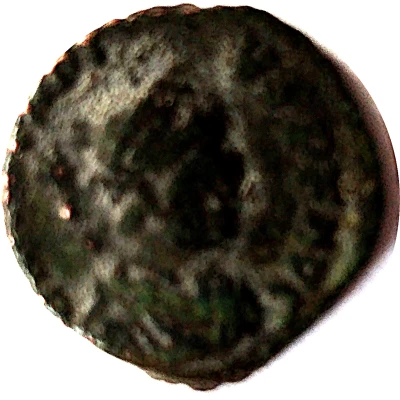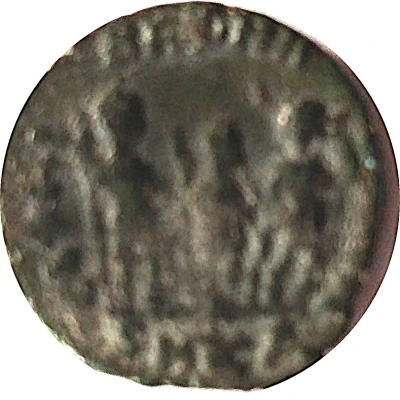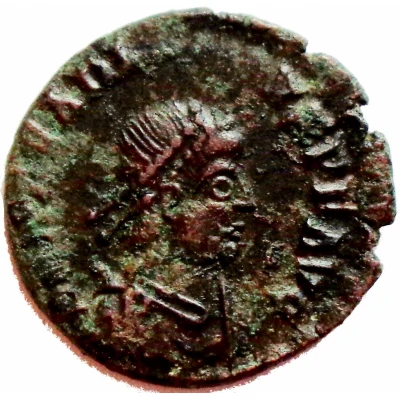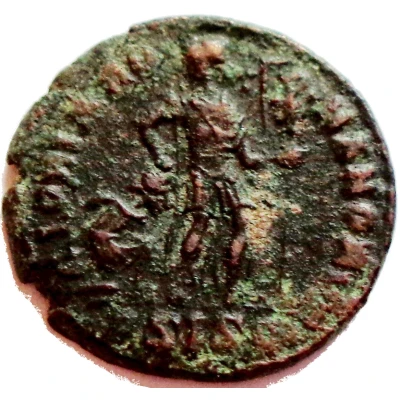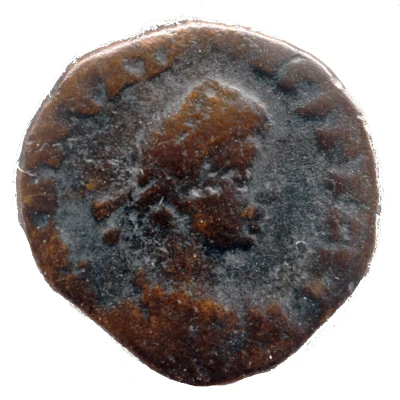
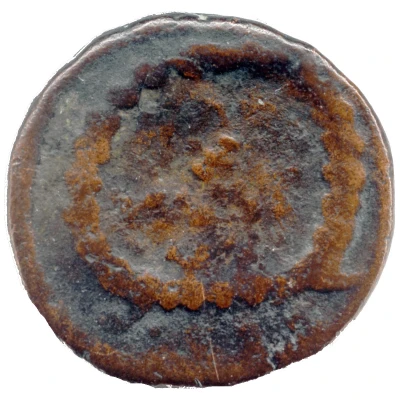

© SP
Follis - Arcadius VOT X
| Bronze | 1.4 g | 10 mm |
| Issuer | Eastern Roman Empire (Rome) |
|---|---|
| Emperor | Arcadius (383-408) |
| Type | Standard circulation coin |
| Years | 383-408 |
| Value | 1 Follis (1⁄180) |
| Currency | Solidus (330-476) |
| Composition | Bronze |
| Weight | 1.4 g |
| Diameter | 10 mm |
| Shape | Round (irregular) |
| Technique | Hammered |
| Demonetized | Yes |
| Updated | 2024-10-10 |
| Numista | N#122637 |
|---|---|
| Rarity index | 83% |
Reverse
VOT X within wreath
Script: Latin
Lettering:
VOT
X
MVLT
XX
Edge
Plain
Interesting fact
The Follis coinage was introduced by Emperor Arcadius in 383 AD and was used until 408 AD. The name "Follis" comes from the Latin word "follis," which means "bag," and refers to the way the coins were issued in small leather bags or purses. This coinage was significant because it was the first time the Eastern Roman Empire (also known as the Byzantine Empire) introduced a new denomination that was not based on the traditional Roman system of denominations. Instead, the Follis coin was designed to be a smaller, more practical coin that could be used for everyday transactions. It was also the first Byzantine coin to feature the image of the emperor on one side and a Christian symbol (the Chi-Rho monogram) on the other. This coinage reform marked a significant shift in the empire's monetary policy and had a lasting impact on the economy of the Eastern Roman Empire.
